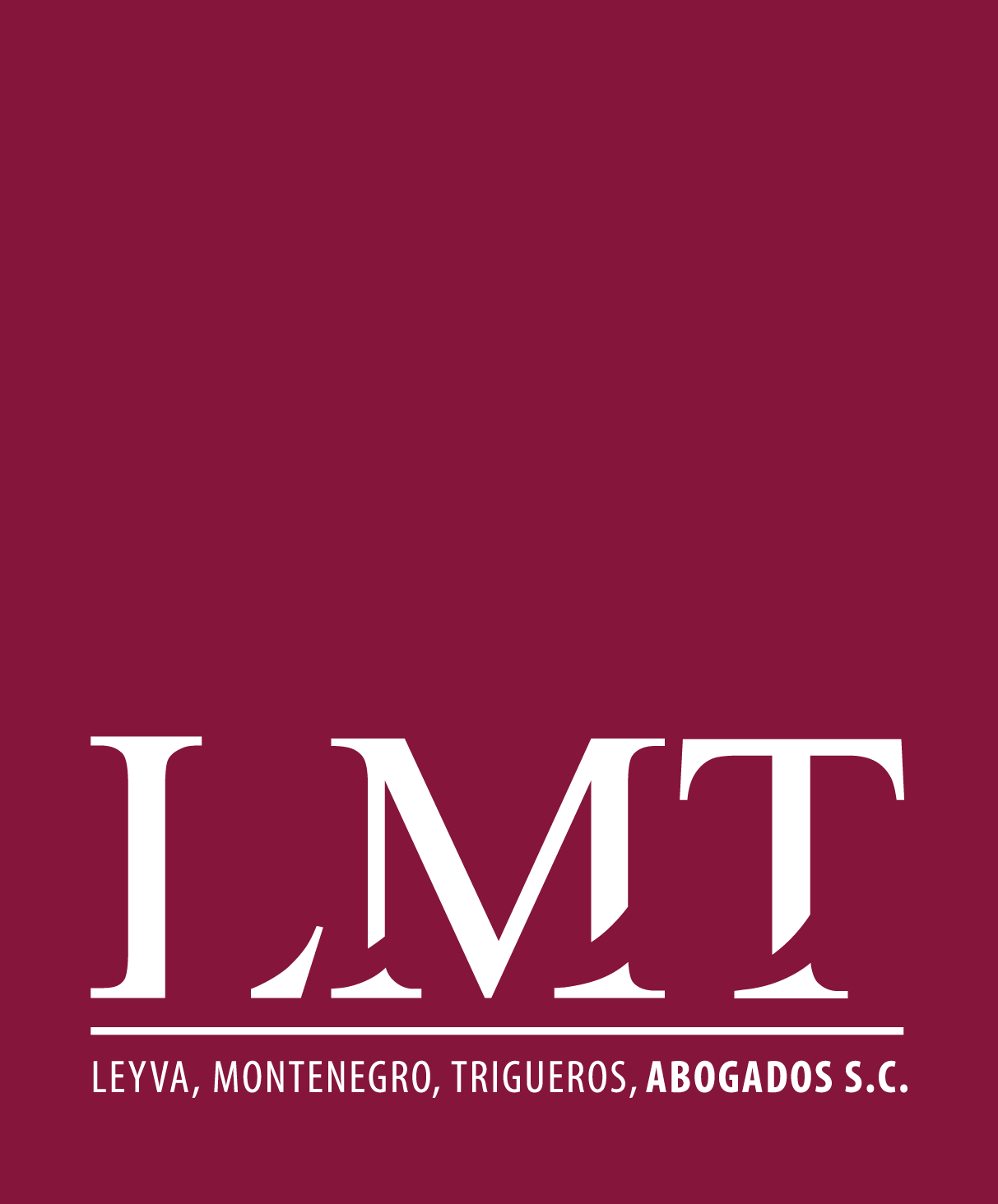Used as a business tool, ‘technological intelligence’ gives companies the key they need to build a strong strategy for using their intellectual property assets inside their business, and buying, selling, licensing and transferring them to the correct player. It is extremely important for a company to make informed business decisions, and technological intelligence can help inform them, allowing the company to build a successful IP portfolio and transfer its intangible assets.
In recent years, the life sciences area has become one of the most important sources of innovation and a global driver of economic growth. Taking into consideration the pharmaceutical industry, many companies have products that will become unprotected due to the expiration of their patents.
In order for their businesses not to decline, pharmaceutical companies have begun taking measures of investing in new research and development (R&D), and filing several patent applications protecting one innovative product. This creates a strong patent portfolio around key inventions, providing the broadest possible protection. Companies also consider cross-licensing opportunities, mergers and acquisitions (M&A), strategic collaborations and joint ventures.
M&A and collaborations have become increasingly important in the life sciences. According to an analysis made by the DTTL Life Sciences and Health Care Industry Group of Thomson Reuters, the total value of M&A in the life sciences industry in 2014 was $351 billion, an increase of 113% over 2013. In the first part of 2015, there were 304 M&A deals around the world, the analysis said, with a value of $221 billion, compared with $62 billion during the same period in 2014.
Among the main reasons for M&A and collaborations are the strengthening of existing products, the replacement or improvement of products for which patent protection has expired or will expire in the near future, the need to research in new areas and/or markets, the need for specialist drugs (eg, ‘orphan’ drugs), the acquisition of new technologies and patent portfolios to help lower costs, and so on.
Considering all the technology transfer happening between companies and that M&A and collaborations have been increasing over the years, more companies are recognizing that they need a clear strategy for their (R&D) and business area. This requires monitoring what competitors are doing, what they are protecting, in which field they are focusing their developments, and what information may be useful to acquire.
Using intelligence
There are many definitions of technological intelligence. Taking all these into account, technological intelligence applied to IP can be defined as the search and analysis of patents, and scientific and legal information that can be useful to create a commercial strategy for companies that wish to develop, acquire and/or transfer their technologies.
This information can be a very useful tool for companies’ technology transfer decisions since it can tell a company the following:
- Where the technology of interest is positioned in a map made with documents of inventions that have been protected or published within the field of interest and thereby showing a good landscape of what it is happening around such technology and in which countries. For technology transfer this map will help to demonstrate whether the technology that is being transferred or acquired has a real technological and commercial potential in the market. For example: What are the trends around orphan drugs? What do patenting trends reveal about some countries in terms of medical and pharmaceutical research? What is the geographical coverage of patents on key technologies in biotechnology?
- The key competitors or partners within a specific technological field. This can help when looking for someone to transfer a technology to or, if you are acquiring it, with which players you are going to compete in the market. Also it can help to track the movements a company has made, for example if it has bought other companies, if it has dissolved, or is involved in bankruptcy, M&A, etc. For example, which institutions are more active in patenting key life sciences technologies such as stem cells or HIV drugs? Who are the new players in vaccine technology?
- The inventors and/or authors who have more protected or published inventions. For technology transfer it is important when there is some know-how or technical assistance involved, or if you want to track a specific person to see with which institutions or companies he/she has been working and has been developing technology.
- How the technology has developed over the years. When you are going to sign a technology transfer agreement it is important to know how much time you are planning to be engaged with the other party. This indicator can give you the expected shelf life of a specific technology, so it can be considered along with the expiration time of a patent.
- If a technology is new, or if it is based on other inventions. For example, if the technology is new it means that there is a great possibility for that technology to be the base for other inventions, giving the technology holder a good position for the transfer of the technology and being a technological leader that can transfer the technology to several partners for future developments. If a technology is based on too many inventions it means that the technology is not new and possibly that the degree of innovation is not so high. This can give an idea of the price of the technology, always taking into account other indicators known in valuation methods.
- Technological intelligence is a very powerful tool for technology transfer. It helps institutions and companies to make informed business decisions about their technologies and the transfer and/or acquisition of them. It helps companies to know what their competitors are doing, how the technological landscapes are moving and how they can keep up with all these technological developments and emerging markets.
Technological intelligence can prevent companies from losing money and investing in useless developments, and it can help companies to build a strong IP portfolio that can compete with other companies in a competitive field.
If you require more information please contact the author:
Montserrat González Álvarez – mgonzalez@lmt.mx

